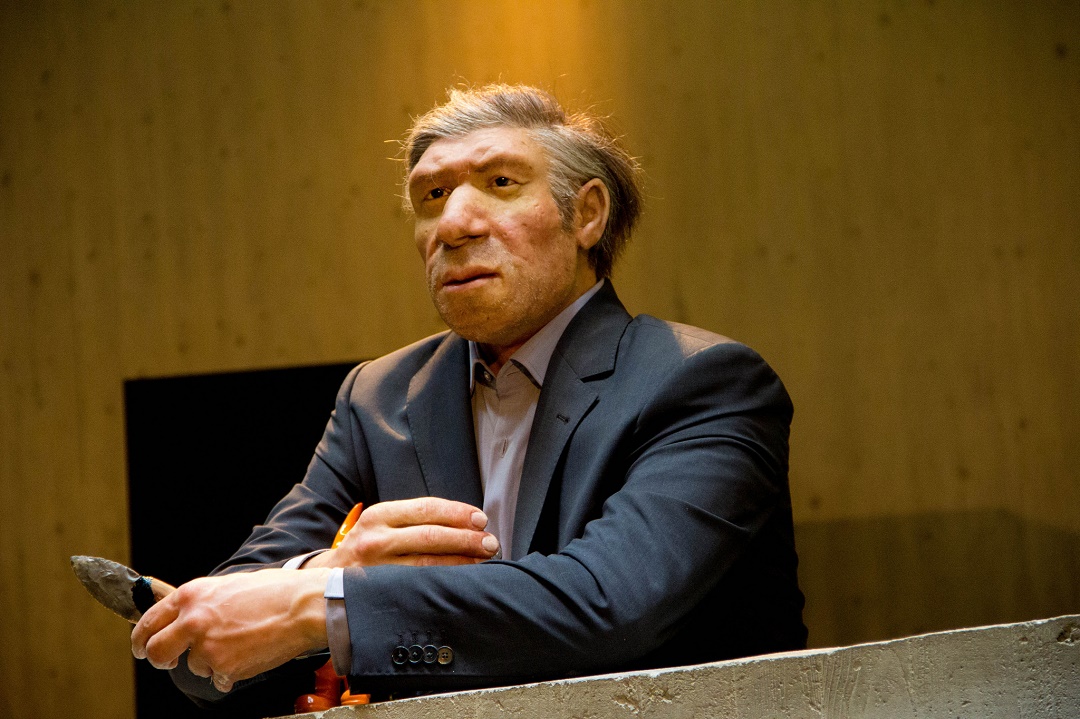
A study published this week show how neanderthal genes can be linked to increased risk of being affected by certain genetic diseases and still affects us, modern humans, today.
It is now established science that we modern humans who primarily originate in the Northern Hemisphere have 1-3 percent neanderthal genes in our genome. This fact led researchers to analyze genetic data from 28,000 individuals of European origin and then look at whether diseases can be linked to genes which came from Neanderthals.
A Leap Ahead
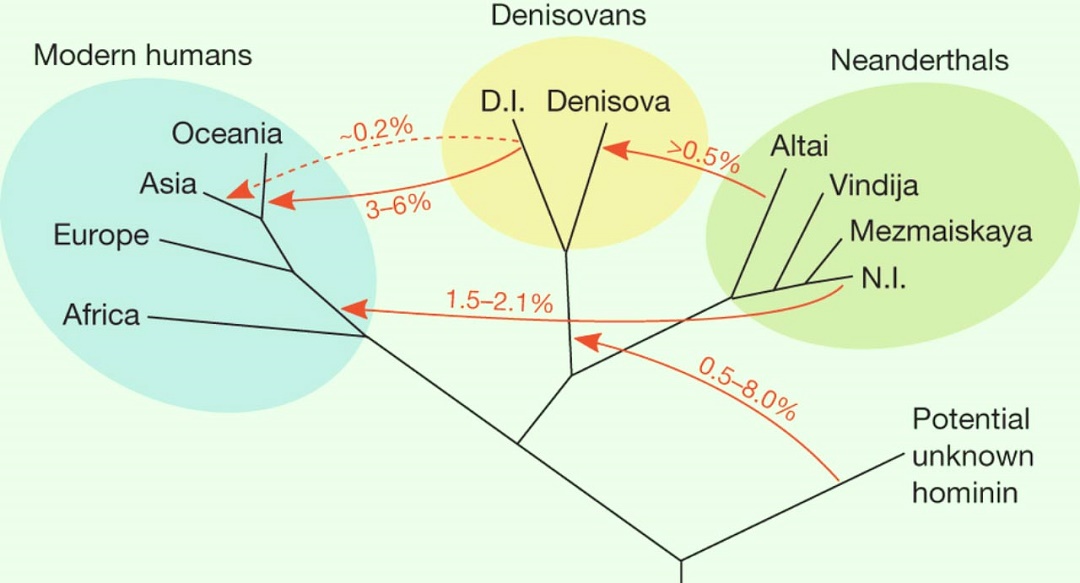
It is thought that at least some of the Neanderthal DNA variants that remain in the human genome spread because they provided some advantage to our ancestors after they had left Africa. As Neanderthals lived in Europe for several hundreds of thousands of years prior to us humans arriving, they would have developed evolutionary traits making them more adapt to living there.
So should also other human cousins that had already spread across Eurasia, before humans. All of which could have brought us Homo Sapiens distinct advantages and a leap ahead in evolutionary adaptation to environments, disease resilience and possibly even behavior.
The human cousin known as the Denisova Hominin has been shown having left genetic traces in modern humans, though only in some Oceanic and Asian populations. About 3% to 5% of the DNA of Melanesians and Aboriginal Australians DNA derive from Denisovans according to the study A mitochondrial genome sequence of a hominin from Sima de los Huesos.
Sunlight and Vitamin D Production
The researchers discovered an association between Neanderthal versions of genes and keratosis. These are skin lesions that can form after too much exposure to the sun. Keratosis is caused by a dysfunction in a type of cell called a keratinocyte that protects the skin from UV radiation. In the low-light conditions of the north, however, this mistake might have allowed more light to reach the skin and thereby enhancing the production of vitamin D.
Coagulating Blood and Immune Response
One of the strongest signals that involved a Neanderthal gene variant improved the blood’s ability to clot, or coagulate. Too much clotting is indeed considered to be a disorder since it increases the risk of stroke, pulmonary embolisms and other complications. But this increased ability of hypercoagulation might have served our ancestors very well.
Since coagulation is one of the first immune responses the body has to a wound. It does not only stop the bleeding, it also sends messages to the immune system to mobilize and fight any potential pathogens in the blood.
A Tendency for Tobacco Addiction
The researchers also found that the risk of suffering from various types of depression could increase if one had a certain type of gene variant inherited from Neanderthals. Albeit a very small increase – in the highest case a few percent.
Some Neanderthal DNA variants had a small but indeed present association with some disorders including obesity, respiratory infections, the hardening of the arteries known as coronary atherosclerosis. Also an increased risk of mood disorders and tobacco addiction. In these cases, however, the Neanderthal variants account for less than 1% of the overall risk.
A Deeper Understanding
Genetic diseases are in general very complex, but this study is an important contribution to understanding our genetic architecture, and how our Neanderthal genes might affect us today. Future research will possibly reveal more about our neanderthal heritage, but also that of other human cousins such as Homo Denisovan.
The study ‘The phenotypic legacy of admixture between modern humans and Neandertals’ was published this week in the scientific journal Science.
_____________
The phenotypic legacy of admixture between modern humans and Neandertals
A mitochondrial genome sequence of a hominin from Sima de los Huesos
The complete genome sequence of a Neanderthal from the Altai Mountains
__________________________


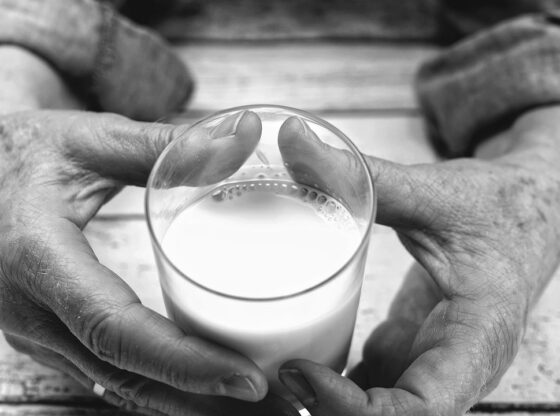

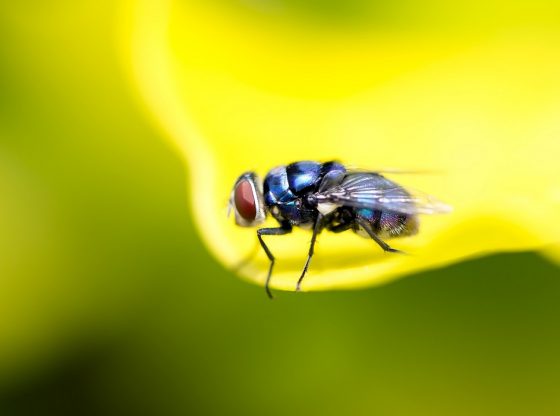
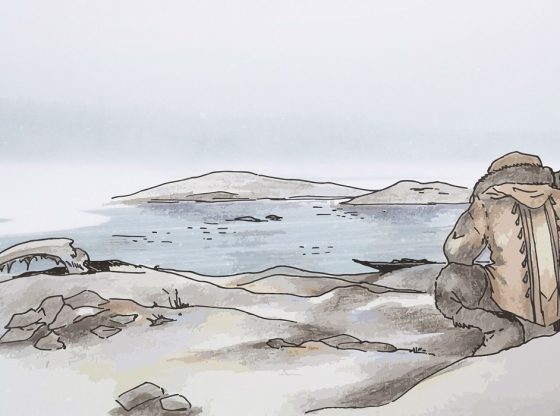
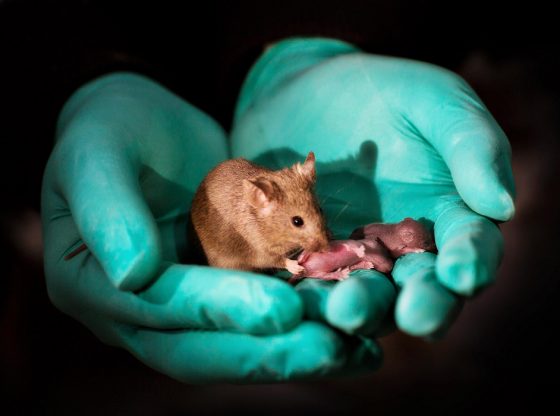
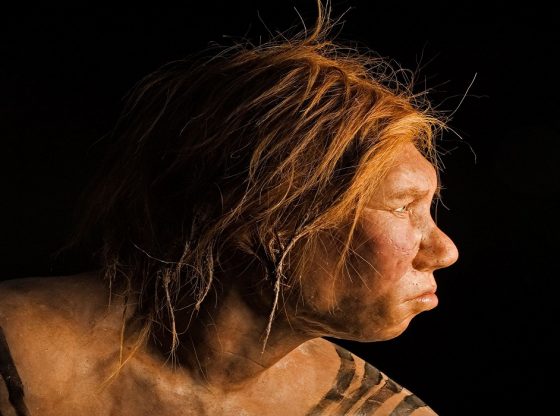
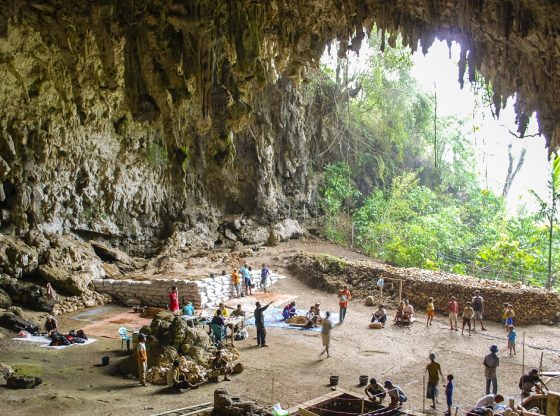
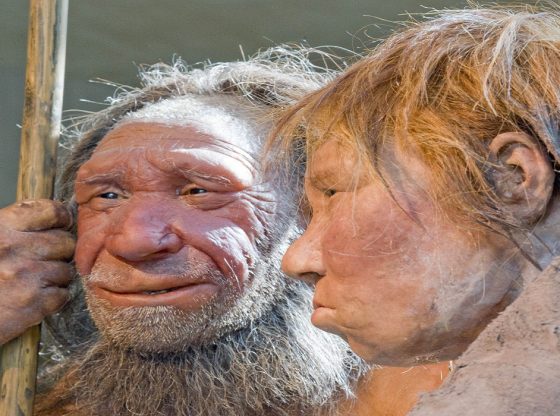

![OpenAI. (2025). ChatGPT [Large language model]. https://chatgpt.com](https://www.illustratedcuriosity.com/files/media/55136/b1b0b614-5b72-486c-901d-ff244549d67a-350x260.webp)
![OpenAI. (2025). ChatGPT [Large language model]. https://chatgpt.com](https://www.illustratedcuriosity.com/files/media/55124/79bc18fa-f616-4951-856f-cc724ad5d497-350x260.webp)
![OpenAI. (2025). ChatGPT [Large language model]. https://chatgpt.com](https://www.illustratedcuriosity.com/files/media/55099/2638a982-b4de-4913-8a1c-1479df352bf3-350x260.webp)








